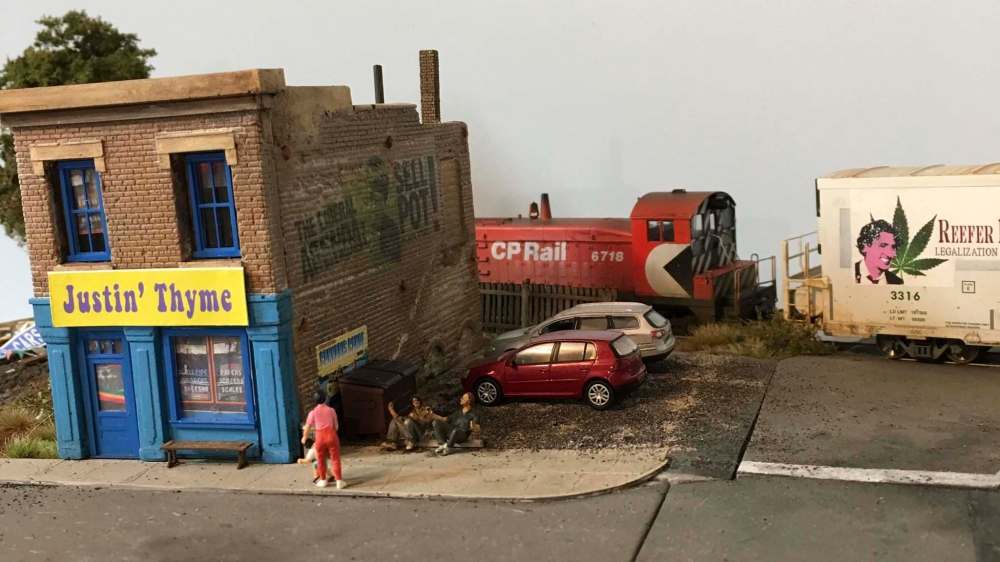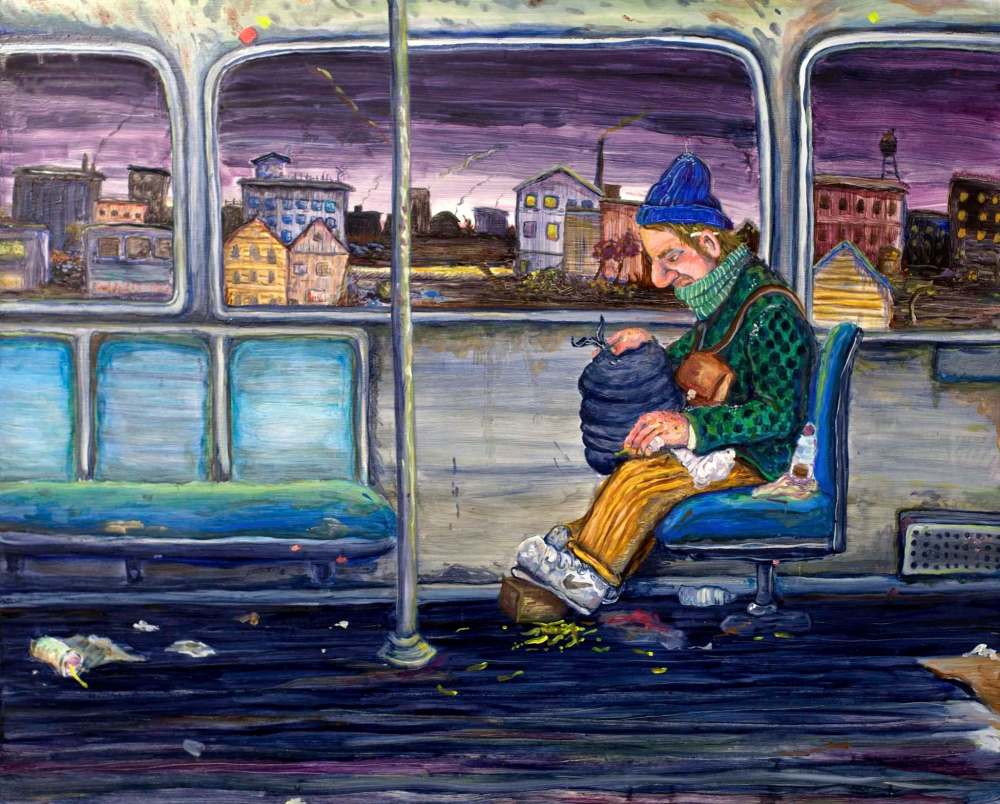Better together
Members of Winnipeg collective defy stereotype of lonely, tireless artist
Advertisement
Read this article for free:
or
Already have an account? Log in here »
To continue reading, please subscribe:
Monthly Digital Subscription
$1 per week for 24 weeks*
- Enjoy unlimited reading on winnipegfreepress.com
- Read the E-Edition, our digital replica newspaper
- Access News Break, our award-winning app
- Play interactive puzzles
*Billed as $4.00 plus GST every four weeks. After 24 weeks, price increases to the regular rate of $19.00 plus GST every four weeks. Offer available to new and qualified returning subscribers only. Cancel any time.
Monthly Digital Subscription
$4.75/week*
- Enjoy unlimited reading on winnipegfreepress.com
- Read the E-Edition, our digital replica newspaper
- Access News Break, our award-winning app
- Play interactive puzzles
*Billed as $19 plus GST every four weeks. Cancel any time.
To continue reading, please subscribe:
Add Free Press access to your Brandon Sun subscription for only an additional
$1 for the first 4 weeks*
*Your next subscription payment will increase by $1.00 and you will be charged $16.99 plus GST for four weeks. After four weeks, your payment will increase to $23.99 plus GST every four weeks.
Read unlimited articles for free today:
or
Already have an account? Log in here »
Hey there, time traveller!
This article was published 29/01/2018 (2832 days ago), so information in it may no longer be current.
The stereotyped image of the artist often involves a solitary individual toiling in his or her studio. Historically, though, artists have often organized themselves into groups. Sometimes, they have used the power of the group to make an ideological statement with big-talking manifestos, such as the Italian Futurists, or to enforce esthetic purity, such as the De Stijl movement, which wanted to ban the use of diagonal lines.
Here in Manitoba, as members of the Frost Shield Kerfuffle collective contend, artists tend to form associations because they need “to huddle together for warmth.”
Maybe it has something to do with the cold weather. Our province has a rich history of artist collectives, from the influential Indian Group of Seven, which includes Indigenous artists such as Alex Janvier, Daphne Odjig and Jackson Beardy in the 1970s, to more recent groups such as the Royal Art Lodge, the Two-Six, the Ephemerals, the Abzurbs and the outside-the-perimeter Coterie of Malcontents.

The Frost Shield Kerfuffle recently marked its togetherness with a group show, The Only Thing We Have in Common Is That Some of Us Are Nice, currently on view at Cre8ery Gallery and Studio (125 Adelaide St.). The exhibition features art by the group’s nine members: Michael Boss, Cullen Bingeman, Evin Collis, Kelly-Jo Dorvault, Patricia Eschuk, Peter Graham, Ken Harasym, Chris Simonite and Diana Thorneycroft. Three of the members will talk about artist collectives — and why there’s strength in numbers — at Friday’s Art Talk/Art Walk at the Free Press News Café.
The Frost Shield gang has a completely made-up origin story. Details are hazy and the members all laughingly bicker about them, but the myth seems to involve the Winnipeg blizzard of 1966, the Eaton’s basement, miraculous births, possibly an instance of snowbound cannibalism and, of course, frost shields. (Winnipeggers of a certain age will remember these plastic rectangles affixed to the windows of automobiles.)
The actual history is a bit more prosaic. Several of the members were students of Thorneycroft’s at the University of Manitoba’s School of Art, and some had been getting together at Bar Italia to chat about their work. Eventually, these informal connections evolved into something bigger.
“What we have in common,” Thorneycroft says, “is that we support each other, we critique each other and we all have a pretty dark sense of humour.”
There are differences as well. The Frost Shield Kerfuffle mixes up established and emerging artists. Some work in abstraction and others in narrative forms, through a range of media. As Eschuk suggests, “The differences actually help to expand our work because they bring in other viewpoints. You can use the differences as a lens to see your own work more clearly.”
The members meet regularly, usually with one artist presenting pieces he or she is working on and the others asking questions and offering feedback.

“You count on these people to tell you the good and the bad,” Harasym says.
Emotional support is also important.
“There’s being an artist, and then there’s all the peripheral stuff about being an artist,” Thorneycroft says. Members often exchange advice on busting through creative block or facing down doubts and discouragement.
“As visual artists, we work in isolation,” Boss says. “And the collective helps to combat that.
“I’ve always envied musicians because they play off each other. They get together in groups and work together. Usually artists are working alone in a garret with a single light bulb,” he jokes.
Brought together in the same room, the Frost Shield Kerfuffle members tend to josh and joke a lot, sounding a bit like feuding but affectionate siblings. Beyond what they actually say about the importance of artist groups, in creative, practical and emotional terms, it’s that easy, funny, back-and-forth byplay that underlines the power of the collective.

We’ll discuss artist collectives and the Frost Shield Kerfuffle with Peter Graham, Michael Boss and Diana Thorneycroft at Friday’s Art Talk at the Free Press News Café at 6 p.m. Call 204-943-0682 or email wfpnewscafe@gmail.com to reserve tickets, which include dinner and cost $20.
alison.gillmor@freepress.mb.ca

Studying at the University of Winnipeg and later Toronto’s York University, Alison Gillmor planned to become an art historian. She ended up catching the journalism bug when she started as visual arts reviewer at the Winnipeg Free Press in 1992.
Our newsroom depends on a growing audience of readers to power our journalism. If you are not a paid reader, please consider becoming a subscriber.
Our newsroom depends on its audience of readers to power our journalism. Thank you for your support.
History
Updated on Monday, January 29, 2018 2:27 PM CST: Changes phone number listed for tickets

